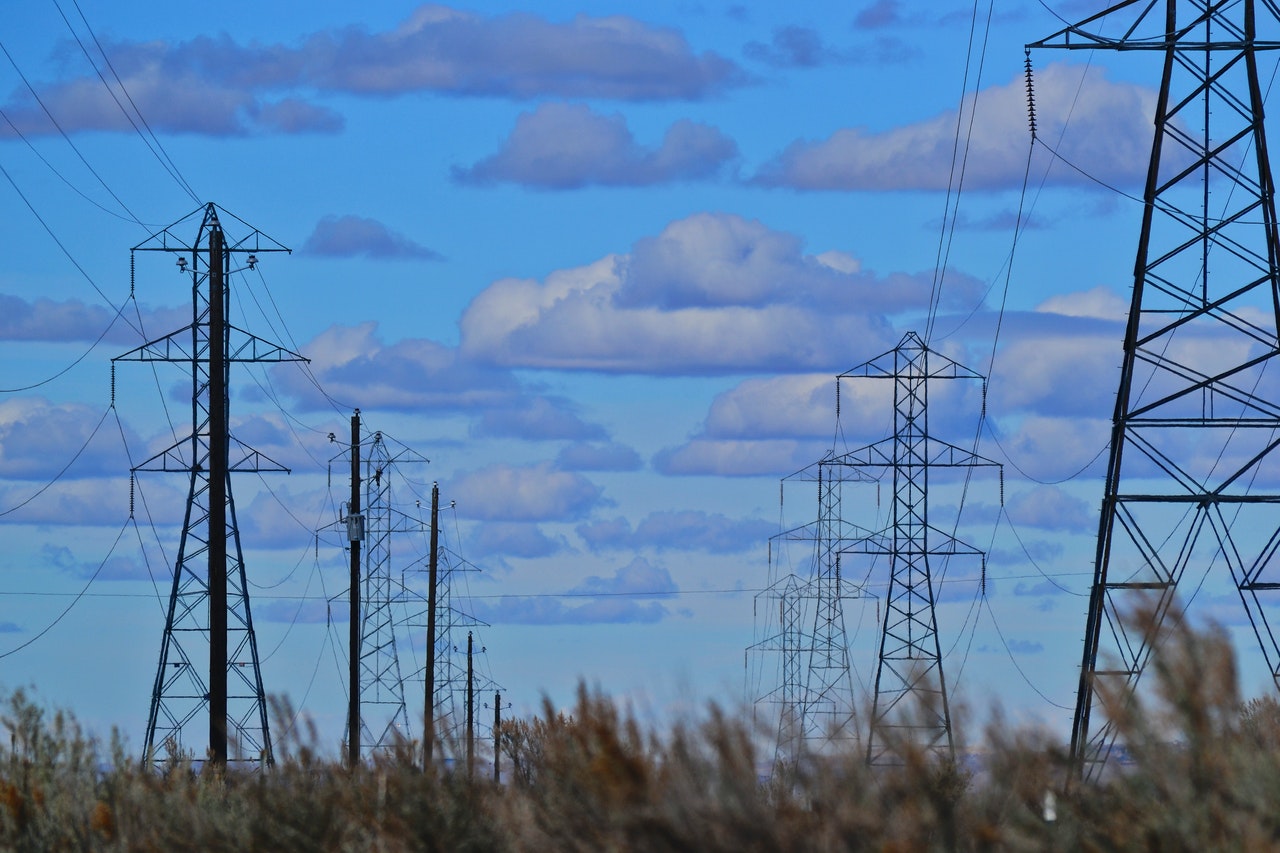A way to solve the climate crisis became clear as the world saw more extreme heat waves, droughts, wildfires, and storms. Switch the electric grid to carbon-free wind and solar and convert most fossil fuel users in transportation, buildings, and industry to electricity.
The U.S. is going that way, says Renewablenergyworld.com. There was a record amount of renewable electricity built in the US in 2020: 33,500 megawatts of solar and wind power, according to BloombergNEF data. In 2021, early projections show that there will be a record amount of renewable electricity built around the world. It’s expected to grow even faster in the future, thanks to the Biden administration’s plans to use high-value offshore wind sources.
It is a goal of the Biden administration to have a carbon-free grid by 2035. A recent study found that the U.S. will need to almost triple its growth rate in 2020 in order to have 80% of its electricity come from clean sources by 2030. China is said to have built 120,000 megawatts of wind and solar power in 2020.
The foundation of this change is a big change in the electric grid itself.
Our now-old grid was built on simple ideas that made sense at the time it was made. It was hailed as the best invention of the 20th century. The first foundation was made up of “base load” coal plants that worked 24 hours a day and large-scale hydropower.
In 1958, these were added to by nuclear power plants, which have almost always worked to pay off their huge capital investments. Solar and wind aren’t like coal and nuclear. They only work when the sun and wind are out.
People who want to move to a 21st-century grid that relies more and more on variable resources need to change their way of thinking. Getting new sources of flexibility, which means being able to keep supply and demand in balance at all times, is needed to make this change possible.
There are three ways to deal with the changes in wind and solar energy: use storage, build more power plants across a wide area of the country, and manage electricity demand to better match the supply. These are all ways to be able to change things.
Storage is now mostly done by lithium-ion batteries. Their prices have dropped, and new ways to store them are being developed.
Expanded transmission is very important. There is still sun in the West when the Northeast is at its peak electricity use in the early evening. With more power lines, the large wind resources in the middle of the country can send electricity to both coasts. Transmission studies have shown that stronger connections between the country’s three power grids are very good for the country.
Making buildings more efficient and controlling how much electricity they use can also play a big part in making the grid cleaner. Buildings use 74% of the electricity in the United States. Connected devices and equipment with smart meters can help a building use less electricity and change its shape.

